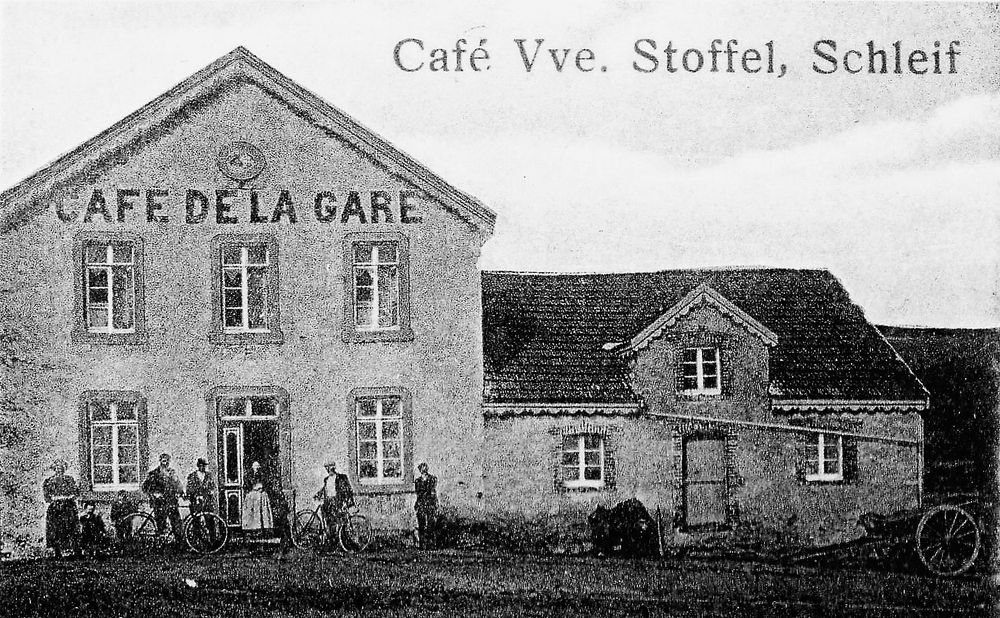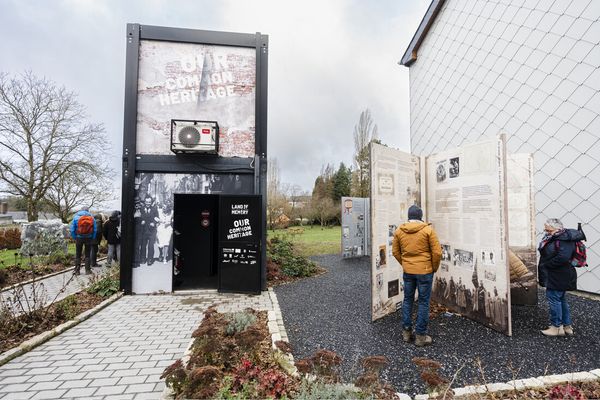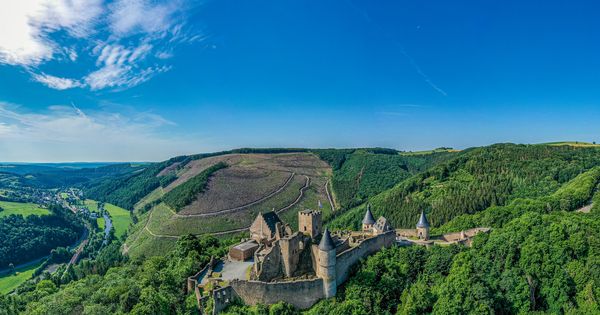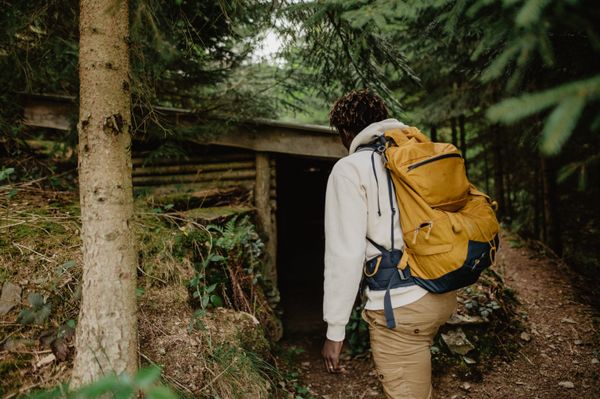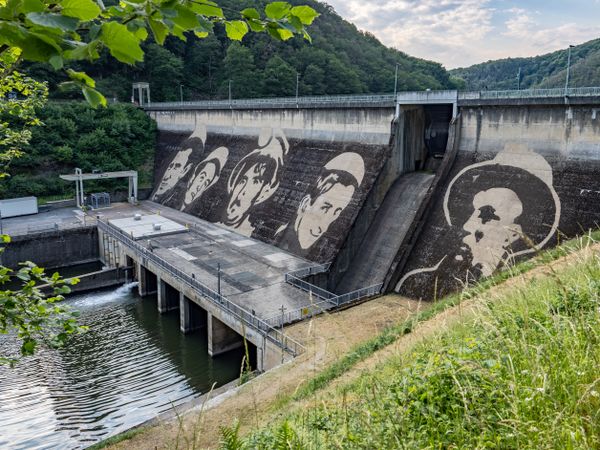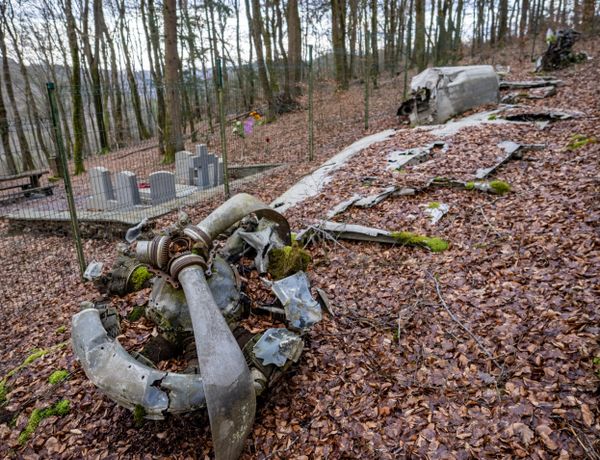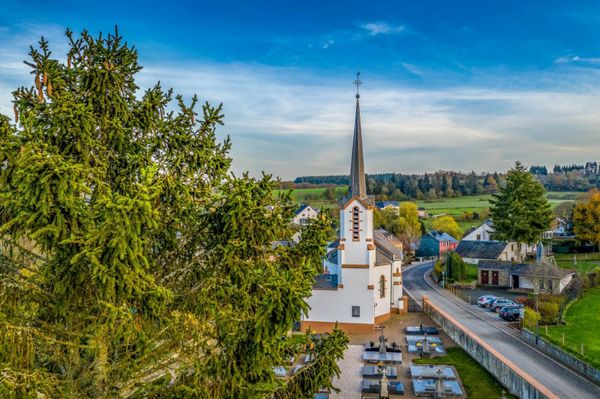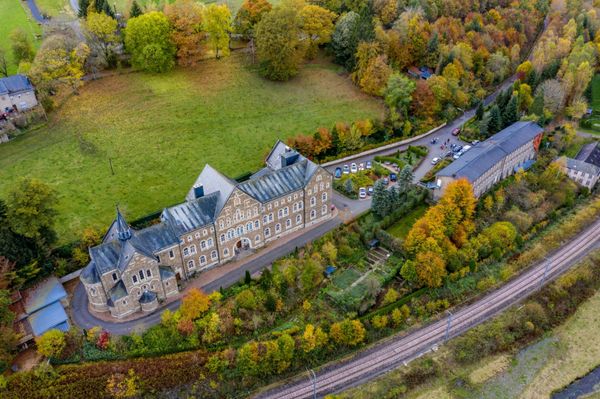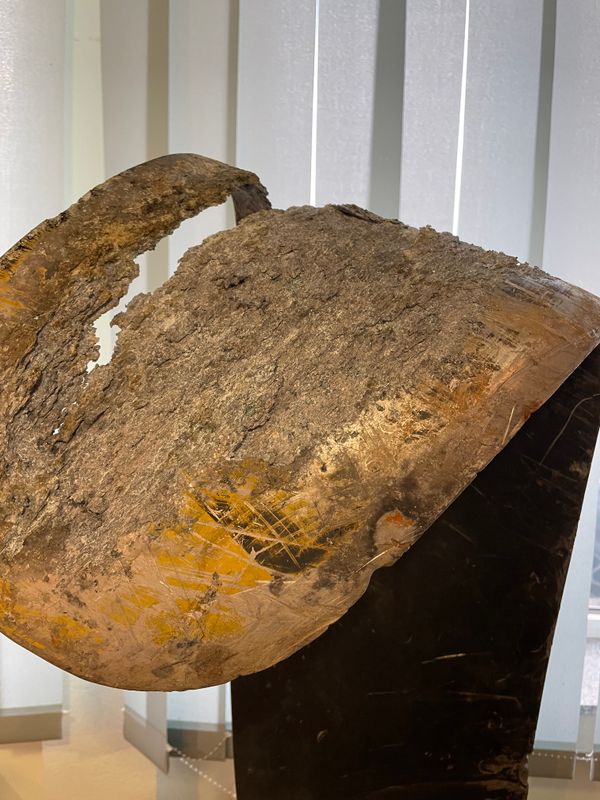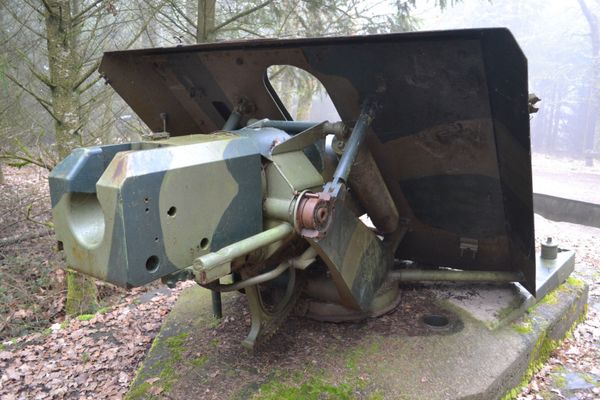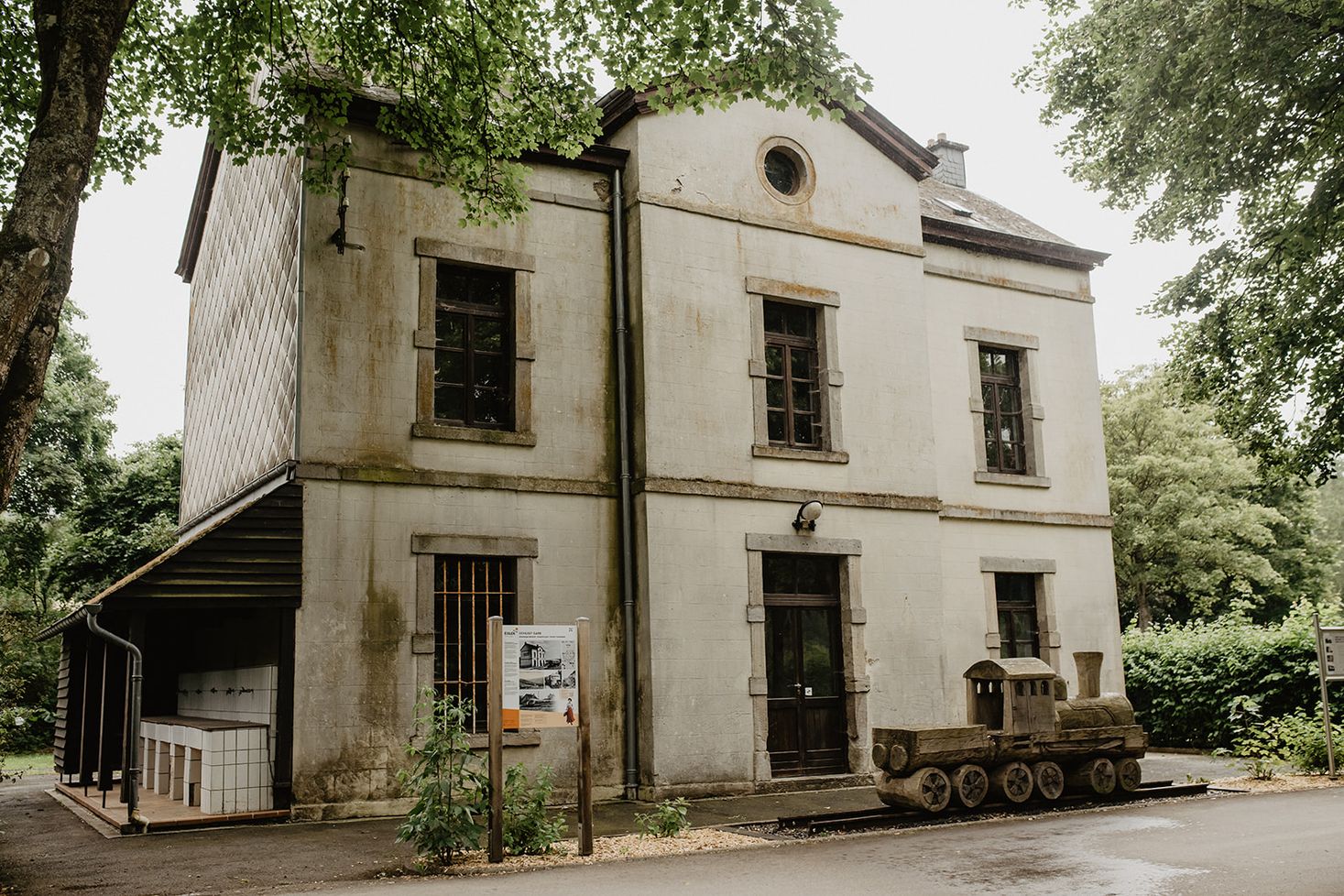

© Charles Leon Mayer
Schleef Gare – Former Trainstation
Schleif: Tiny Hamlet, Big Role in the Battle of the Bulge
humble mill alongside a river. Remote and sparsely populated, Schleif's history changed forever with the arrival of the railway in 1888. This new connection to Wiltz and Bastogne in Belgium transformed Schleif, drawing workers and sparking new economic life.
A Hamlet Grows
Construction of the railway brought a surge of activity, with tracks, tunnels, and likely temporary housing for the laborers. In the years that followed, the Café an der Schleif was built, signifying the hamlet's growth. Life in Schleif, once quiet and dependent on the river, was now tied to the rhythm of passing trains.
War Comes to Schleif
When World War II erupted, Schleif's strategic location thrust it into the heart of conflict. The bridge over the Wiltz and its roads were crucial for troop movements. During the Battle of the Bulge, Schleif became a fiercely contested control point. German forces established a command post in the railway tunnel, using the area to launch attacks. The constant threat of air raids and fighting shattered Schleif's peace.
The Cost of Conflict
Civilians in Schleif endured occupation and the dangers of frontline fighting. Their accounts paint a picture of evacuations, damaged homes, and a community forced to shelter under constant bombardment. The bridge, once a connection fostering growth, became known as "Devil's Bridge" during the brutal struggle for control.
Postwar and Remembrance
Schleif emerged from the war bearing scars. Though the community would rebuild, the railway's promise of prosperity faded. Service ceased in 1967, leaving the station building as a silent reminder of its heyday.
Opening hours

